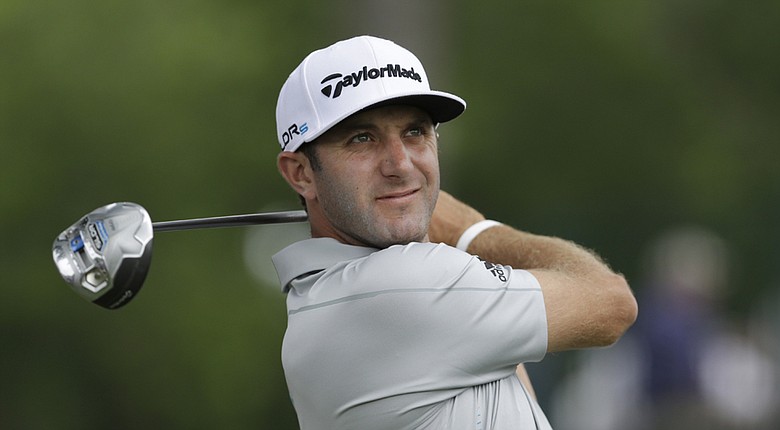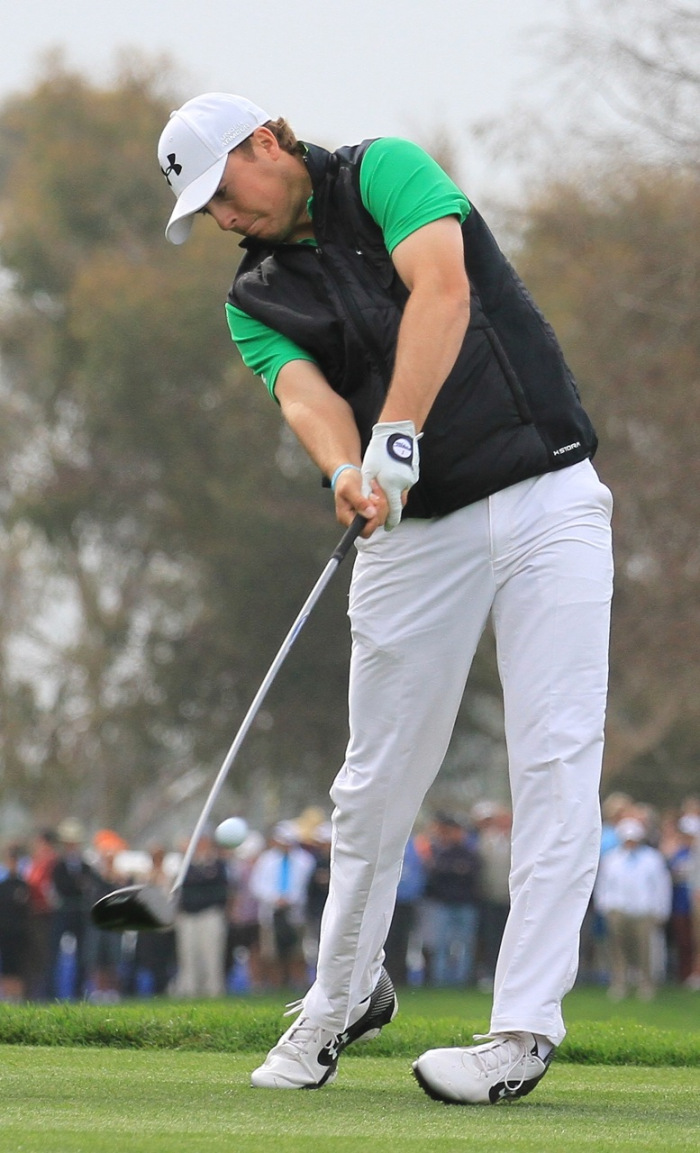2015 Wrap: Where Are We On The Distance Issue?
/Since the distance debate was the basis for this blog as it enters its tenth year as a full-fledged blog on Squarespace and thirteenth in some form as a monitor of golf issues, where do we stand? --Those of us pointing out the issue are no longer treated like lepers for suggesting the ball goes too far. Enough courses across the land have had to deal with safety or function issues. This has meant a much larger audience does not need the issue explained to them. Even better, many more look down on the governing bodies for continuing to work tirelessly not to act.
--Those of us pointing out the issue are no longer treated like lepers for suggesting the ball goes too far. Enough courses across the land have had to deal with safety or function issues. This has meant a much larger audience does not need the issue explained to them. Even better, many more look down on the governing bodies for continuing to work tirelessly not to act.
--A surprising-but-still too-low number of golf fans recognize that distance is relative. This continues to quietly render the real bombers and their occasional 382-yarders less awe-inspiring than they should be. There is also the overall relatability factor, where too many just find pro golf a little less fun to watch because so few can relate to 210-yard 7-irons.
--The PGA Tour driving distance average only went up a yard in 2015. Despite so many obvious signs that players continue to get longer either through equipment, fitting technology or fitness, what gives? Because this last point allows the governing bodies to go back to counting their millions instead of acting. So how is it that the PGA Tour number is not seeing a huge spike even as we see players regularly CARRY the ball 300 yards?
David Dusek explored this at Golfweek.com and while he had no real answer why that one number has not budged much in recent years, he does note the shocking change at bottom end of the spectrum.
In 2000 there were 166 players on the PGA Tour who averaged less than 280 yards per drive. In 2002, that number was down to 100 and in 2003 it was sliced to 47. By 2005, there were just 30 players who averaged less than 280 yards per drive and it dropped to 25 players.
The 25 under 280 number was the case for 2014 (the 2015 list won't come up at PGATour.com).
Things get confusing when you consider Shoshana Agus-Kleinman's GolfNews.net analysis of PGA Tour "carry," something tracked since 2007.
Since that year, the average and median carry number of PGA Tour drives has spiked by ten yards.
To recap: the driving distance average is up a yard in from 2007 to 2015, but carry average is up by ten yards in the same time frame.
We have been told time and time again that course conditioning leads to more roll, yet with a 10-yard increase in carry the distance average has remained almost flat. This means the "more roll" argument is bogus as most anyone who stands in a PGA Tour landing area can tell you. Yes, agronomics have never been better and grass heights never lower, but turf has also never been healthier or more nourished, offsetting any gains made by lower mowing heights.
(Side note: players have already caught up to Hootie's back tees as he predicted, despite literally no roll on those fairways thanks to a higher cut and grain effect created to slow down drives.)
Sadly, this leaves us in that odd place where the governing bodies refuse to acknowledge an issue because to do so would (A) remind us that they let the game down and (B) would see their sustainability campaigns severely undercut by what is an obvious need to keep expanding the scale of golf courses to manage modern distances.
At least a more sizeable audience sees the sad hypocrisy in their mixed-messaging.




















